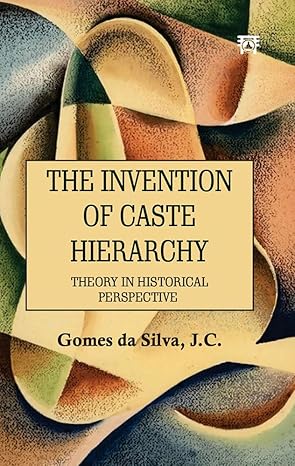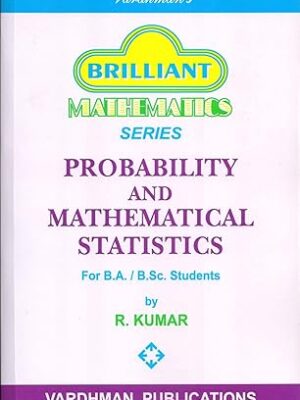Description
Sociology and anthropology have taken the idea of caste hierarchy as a cornerstone of their discourses on Hindu society, Little has been discussed, however, about the contexts in which it originated and developed. Caste reality has been generally misunderstood by Western observers, resisting any attempt at classification for a long time. In spite of the difficulties, by the late 19th century two hierarchical arrangements were proposed: one rested on a functional basis (John Collinson Nesfield); the other privileged racial theory (Herbert Hope Risley). The latter prevailed. The questionable nature of Risley’s thesis, and the fragility of its supporting arguments, did not prevent the underlying classificatory scheme from becoming incorporated into subsequent research as part of an unchallenged “tradition” in the social sciences. From Célestin Bouglé and Max Weber to Louis Dumont and McKim Marriott, that “tradition” comes alive throughout this book in its contradictions, omissions and paradoxes.









 Calculus (Differential And Integral) for B.A./ B.Sc. Students
Calculus (Differential And Integral) for B.A./ B.Sc. Students  China from the Opium Wars to the 1911 Revolution
China from the Opium Wars to the 1911 Revolution  Brilliant Mathematics Series Two Dimensional Geometry By R. Kumar
Brilliant Mathematics Series Two Dimensional Geometry By R. Kumar  Real Analysis for B.A. / B.Sc. Students
Real Analysis for B.A. / B.Sc. Students
Reviews
There are no reviews yet.